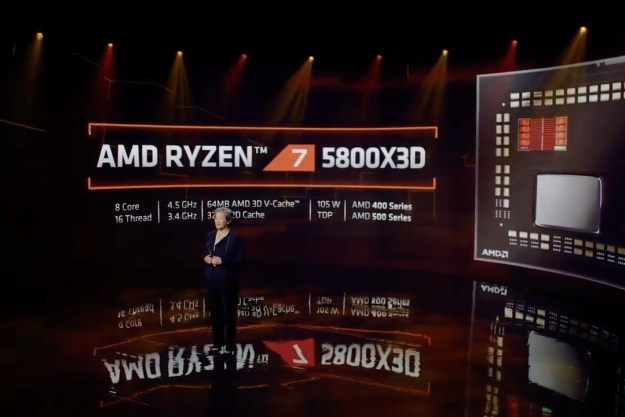in news that sounds like it was plucked straight from the pages of a sci-fi novel, nanoengineers at the University of California San Diego have reportedly created a school of synthetic swimming microfish, smaller than the width of a human hair, which can sense and respond to chemicals in their environment. The technology potentially could be used to neutralize toxins such as bee venom or even deliver drugs to targeted areas of the body.
Developed by Professors Shaochen Chen and Joseph Wang of the NanoEngineering Department at UC San Diego, the tiny robotic swimmers are powered by hydrogen peroxide and controlled using magnets. The robots are constructed with iron oxide nanoparticles in the head that provide the steering and platinum in the tail for the propulsion reaction.
The microfish are printed using a high-resolution printing method called microscale continuous optical printing (μCOP) process that was developed by Chen in his lab. This process allows researchers to produce nature-inspired microbots that are more complex than the spherical or cylindrical structures currently being used. “With our 3D printing technology, we are not limited to just fish shapes. We can rapidly build microrobots inspired by other biological organisms such as birds,” said nanoengineering Ph.D. student Wei Zhu.
Furthermore, because the printing is digitized, these complex microbots can be custom-designed with functions suitable for a variety of medical and other applications. In a recent proof-of-concept demonstration, researchers showed how the microfish could be used to both detect and remove toxins from a liquid. The team began by embedding toxin-neutralizing polydiacetylene (PDA) nanoparticles into the microfish. They then placed the swimming microbots in a liquid containing bee venom. When the (PDA) nanoparticles in the fish bound to the bee venom molecules, they would emit a red light that increased in intensity as the toxins were removed. The team was able to monitor the detoxification process by measuring this change in red light intensity.
Besides detection and detoxification, the microbots could be used by doctors to deliver medicine to a targeted area of the body that requires treatment. Researchers also hope to refine this technology so it may be used in surgery and other situations that require a high degree of precision and safety.
Editors' Recommendations
- AMD might be about to launch the most powerful laptop of 2023
- 3D printed cheesecake? Inside the culinary quest to make a Star Trek food replicator
- This is how you can accidentally kill AMD’s best CPU for gaming
- AMD Ryzen 7 5800X3D beats predecessor, but AMD promised more
- AMD’s revolutionary 3D V-Cache chip could launch very soon




